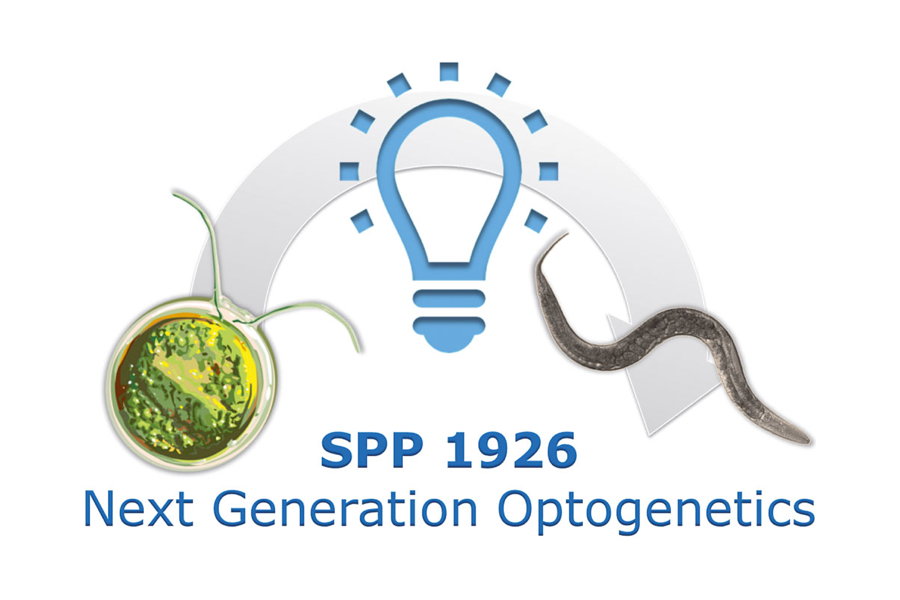Red-light-regulated actuators for spatiotemporal control of opsin expression and modulation of cell-cell interactions within the prefrontal circuit during impulse control
Project Description
The regulation of movements in response to internal and external cues represents one of the most sophisticated behavorial hallmarks of humans and animals. Electrophysiology has pinpointed the prefrontal cortex (PFC) as crucial in governing this behavioral response. Although optogenetic technology has helped in deciphering many aspects of the underlying intricate neural circuits in the PFC, at the same time this approach has been hampered by inadvertent co-stimulation of spatially overlapping cells and incoming axons emanating from cell bodies in neighboring brain areas. To overcome this significant bottleneck, we propose the development and implementation of optogenetic tools based on plant phytochrome photoreceptors for red-light-regulated gene expression and monitoring of anterograde communication between prefrontal projection and target cells. In this way, expression of rhodopsin-based optogenetic actuators can be restricted to target tissues of interest with much higher spatial and temporal accuracy than conventionally possible. To facilitate and diversify the optogenetic deployment of plant phytochrome-derived systems in vertebrates, we will use protein engineering to obtain variants that use as chromophore the widely occurring biliverdin as opposed to a plant-specific chromophore, and that respond to different colors across the visible spectrum. These novel tools will be embedded in gene-regulatory circuits in cell culture and in neurons of the rat PFC during impulse-control experiments. An optogenetically controlled anterograde tracing system will allow the precise functional mapping of projection patterns within and outgoing from the PFC. To afford simultaneous delivery of several light colors and electrical recordings from multiple sites, customized neural probes will be developed as part of this integrative collaborative project. As a team, we will thus provide and optimize genetically encoded light-regulated actuators and neural probes that in combination will serve to elucidate the neural circuitry underpinning movement control triggered by internal and external cues.
Collaboration
- Prof. Dr. Andreas Möglich, University of Bayreuth, Germany
- Dr. Patrick Ruther, Department of Microsystems Engineering – IMTEK, University of Freiburg, Germany
- Prof. Dr. Matias Zurbriggen, Heinrich Heine University, Duesseldorf, Germany

